This month we're trying something a little different: We're including our neighbors over in the desert Southwest in our garden chores here. While we could simply talk in terms of USDA hardiness zones, that would give you only partial information, as 8a Dallas and 8a in Las Cruces and in parts of Arizona are not created equal.
Soil differences and average rainfall vary so vastly in these regions that we can't make blanket statements about what to plant or prune. So look for breakout notes on different regions and, as always, consult your county's extension office for even more specific information.
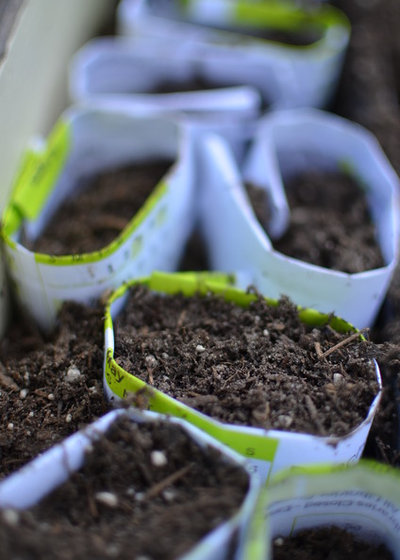
Amy Renea
Start seeds. Texas gardeners can start tomato and pepper seeds indoors, but be sure to use a growing light or keep the seeds by a bright window. Rotate your seeds every day to help them grow strong, straight stems.
Desert Southwest gardeners can begin seeds of larkspur, poppies and other wildflowers, which can be a little hard to find when you actually want them in your garden.
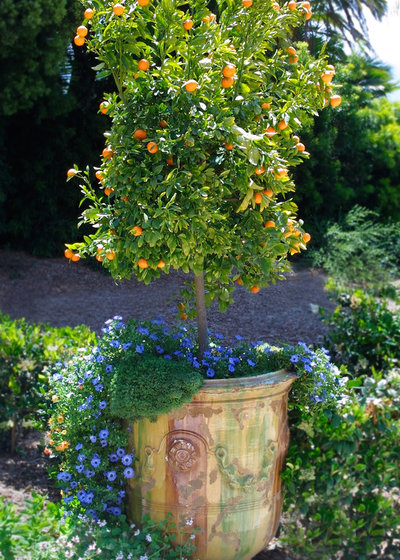
Margie Grace - Grace Design Associates
Take care of fruit trees. If you live in the desert Southwest, you'll want to get your fruit trees in the ground as early in January as possible and prune your deciduous fruit trees and grapes.
Texas gardeners need to spray their fruit trees with dormant oil and sharpen their pruning shears too, as January is the last chance to make those cuts.
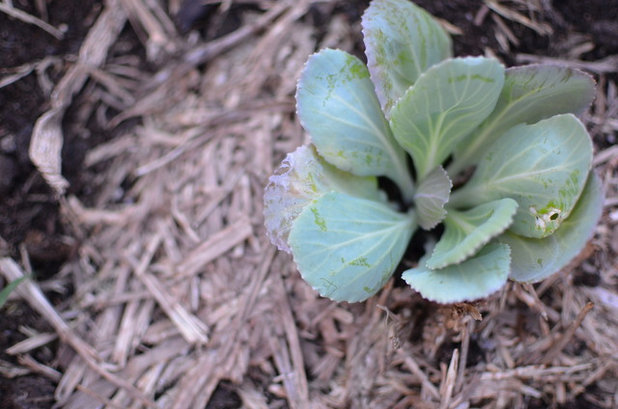
Amy Renea
Plant vegetables. There are lots of vegetables to be planted this month! Both Texas and desert Southwest gardeners can plant broccoli, bok choy, Brussels sprouts, cabbage, Asian greens, spinach, kale, cauliflower, collards, lettuce, mustard, artichokes and asparagus crowns. Be sure to prepare your beds by amending the soil if necessary and by choosing a bright, sunny location for the best harvest.
More on growing vegetables in cool weather
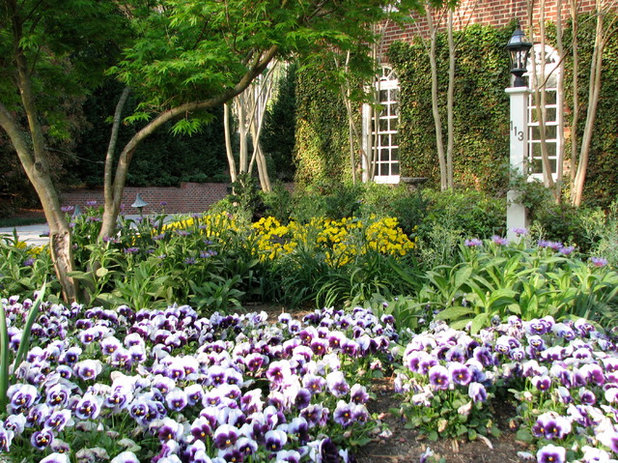
Gardening with Confidence®
Add annual color. For most areas it's still a great time to plant pansies, snapdragons, cyclamens, violas, stock and alyssum in garden beds as well as containers. These annuals enjoy sunny sites but will tolerate some light, dappled shade.
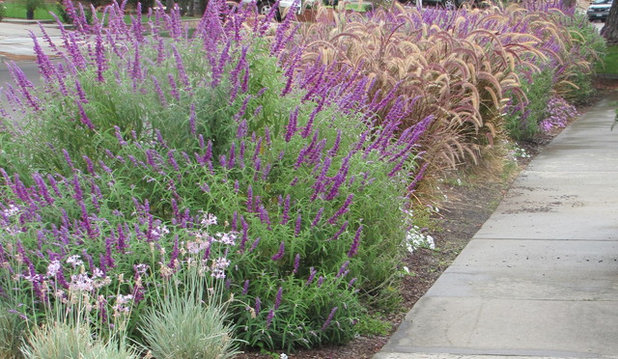
Jean Marsh Design
Plant perennials, trees and shrubs. Trees should be planted in both Texas and the desert Southwest in January, but with a few differences.
In Texas, plant evergreen and deciduous trees; in the desert Southwest, get your shade trees in the ground as early in January as you can. Bare-root trees should be planted before they leaf out.
For all these regions, it's still a great time to plant shrubs and perennials.
Desert Southwest gardeners can plant
desert marigold (Baileya multiradiata), guara (Gaura lindheimeri), angelita daisy (Hymenoxys acaulis) and
canyon penstemon (Penstemon pseudospectabilis).
Texas gardeners can plant
blackfoot daisy (Melampodium leucanthum),
autumn sage (Salvia greggii), Mexican mint marigold (Tagetes lucida) and
copper canyon daisy (Tagetes lemmonii).
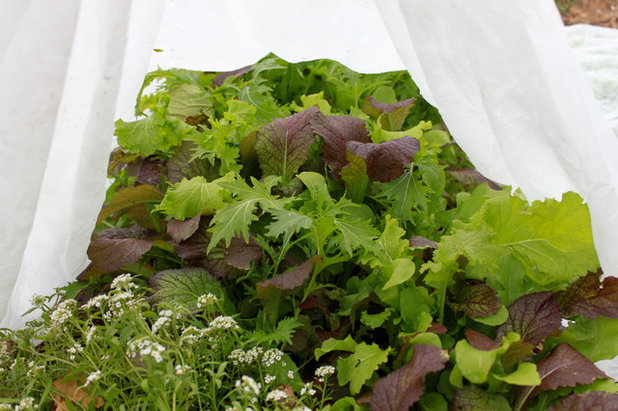
Niki Jabbour
Protect your plants. Even in warm areas, winter can sport some pretty cold temperatures, so it's important to protect your plants from freeze damage.
Throw a frost blanket over your vegetable transplants, or invert Styrofoam cups over smaller cacti and succulents. Be sure to remove the coverings by about 9 a.m. the next morning, as the sun will warm everything up; you don't want to create a muggy greenhouse out there.
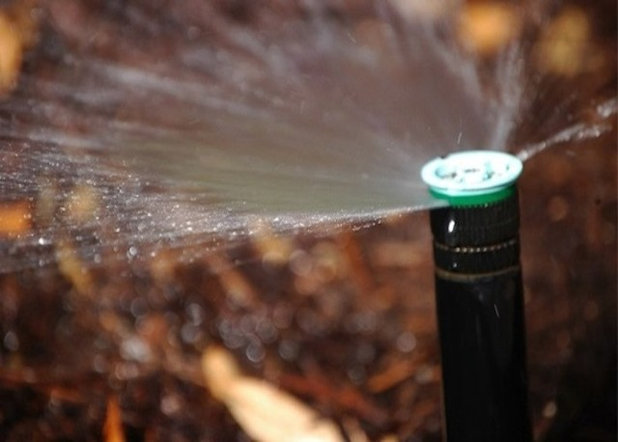
J. Peterson Garden Design
Check your irrigation. Texas gardeners who have inground irrigation systems should run a check on all zones to be sure there are no breaks in the lines or heads.
Desert Southwest gardeners will likely be on drip irrigation, but those systems need to be checked periodically as well. Be sure the drip emitters don't have any damage from animals chewing on them, and that they are reaching the plants that need watering.





